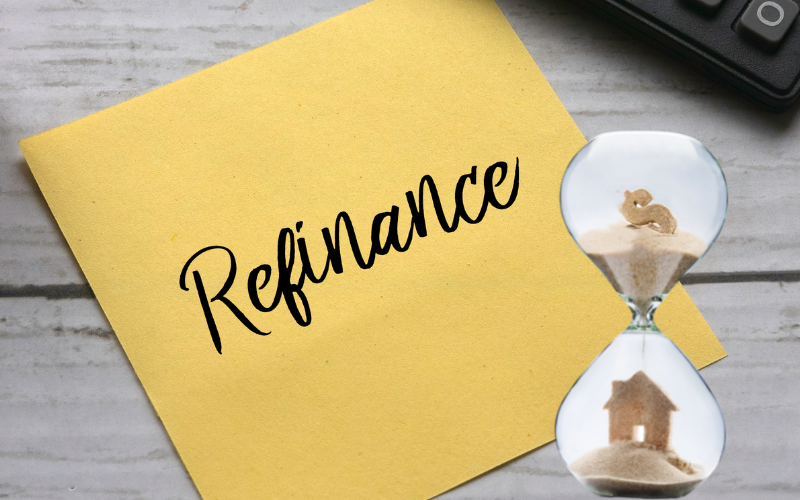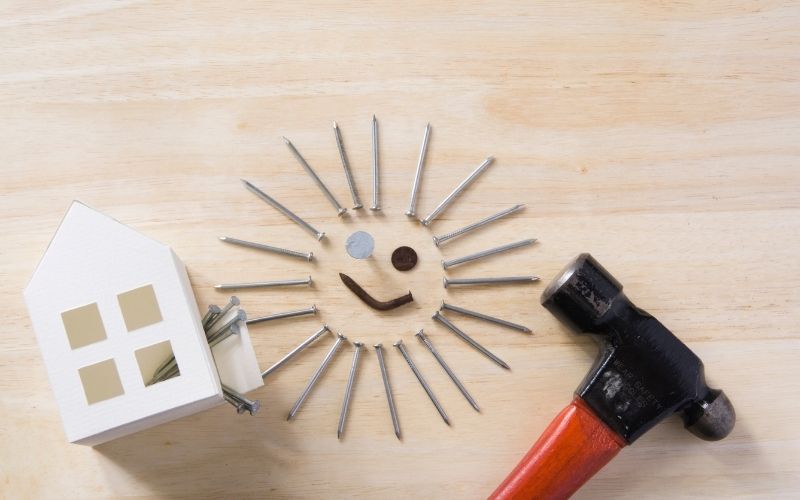Refinancing A Mortgage: How Does This Work?
 If your financial situation has changed, you might be interested in refinancing your mortgage. In general, refinancing means that you will replace your current mortgage with a new one. The process of refinancing is similar to the process of applying for a mortgage, but you need to think about your goals during the refinancing process. That way, you can put yourself in the best financial position to be successful.
If your financial situation has changed, you might be interested in refinancing your mortgage. In general, refinancing means that you will replace your current mortgage with a new one. The process of refinancing is similar to the process of applying for a mortgage, but you need to think about your goals during the refinancing process. That way, you can put yourself in the best financial position to be successful.
Why RefinanceYour Mortgage?
There are several reasons why you might be interested in refinancing your mortgage. For example, you might want to tap into the equity in your home to cover another major financial expense. Or, if interest rates have gone down since you first took out your mortgage, you might want to save money by replacing your current loan with one that has a lower interest rate. You might also want to refinance your house in an effort to pay off the loan more quickly.
How Does The Refinancing Process Work?
During the refinancing process, your lender will do a deep dive into your financial history. They will take a look at your credit history and credit score. They will also analyze your payment history on your existing loan. Your lender will also take a look at your income, employment history, and total equity you have in your home. Your lender will also look at other sources of debt, such as a car loan or student loan.
Are There Any Drawbacks?
There are a few drawbacks you need to know. For example, if interest rates have gone up since you took out your mortgage, refinancing might not be the best choice. Furthermore, you may have to pay closing expenses again, which can be expensive. Finally, if you withdraw equity from your house, it can cause your monthly payment to go up; it could also lengthen the term of your loan by several years.
You should think carefully about whether refinancing your house is the best financial move. You need to consider your financial situation along with the current conditions in the real estate market. If you reach out to an expert, you can figure out what refinancing your home might mean for your mortgage.


 Although interest rates continue to rise, they are still low and you have probably heard that refinancing could help you save money on your home loan. Even though you are probably focused on current mortgage interest rates, feverishly comparing them to your own interest rate, you need to check your financials first. What are a few important indicators of your financial health that you need to check before you go through the refinancing process?
Although interest rates continue to rise, they are still low and you have probably heard that refinancing could help you save money on your home loan. Even though you are probably focused on current mortgage interest rates, feverishly comparing them to your own interest rate, you need to check your financials first. What are a few important indicators of your financial health that you need to check before you go through the refinancing process?